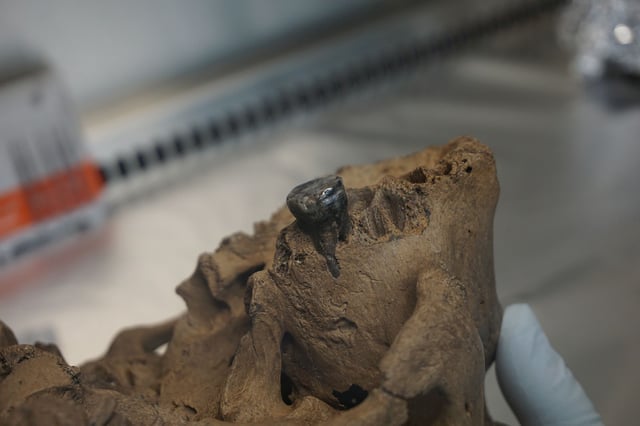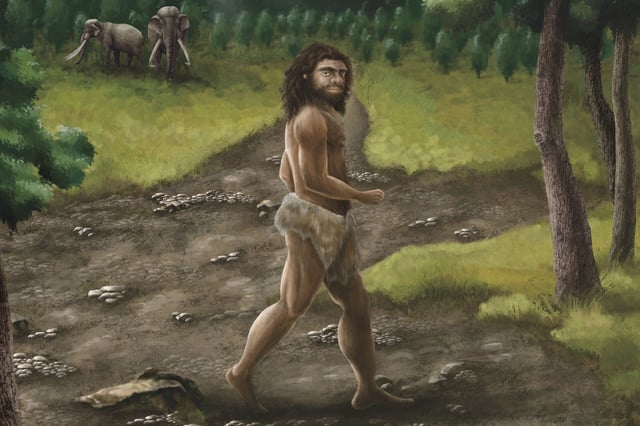Overview
- Researchers extracted 95 ancient proteins from the skull’s petrous bone and sequenced mitochondrial DNA from its dental calculus to establish its Denisovan lineage.
- The fossil dates to at least 146,000 years ago and displays a 1,420-cc braincase alongside a pronounced brow ridge, wide eye sockets and a flat facial structure.
- Genetic links to early Denisovans in Siberia and matching protein markers in Tibetan and Taiwanese remains suggest a broad Middle Pleistocene range across Asia.
- Originally dubbed Homo longi in 2021, the Harbin skull’s reclassification prompts reconsideration of other Chinese fossils from Dali, Jinniushan and Hualongdong as potential Denisovan specimens.
- As the first near-complete Denisovan skull, the Harbin find provides a foundational morphological reference that will guide future interpretations of archaic human diversity.



